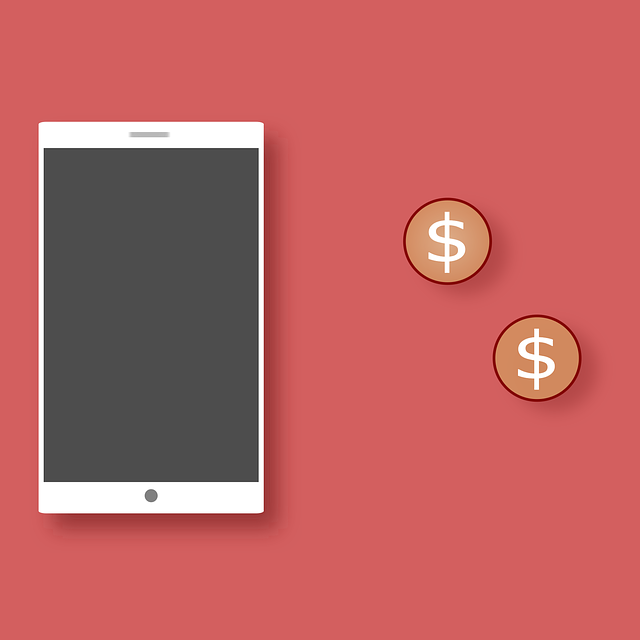
Effective Mobile App Monetization Strategies: Maximizing Revenue in 2023
The mobile app industry has seen a significant shift from traditional paid download models to more dynamic monetization strategies. With the app market becoming increasingly competitive, developers need to adopt innovative approaches to generate revenue while adding value for their users. This blog post delves into several effective monetization methods that go beyond simple upfront charges.
1. In-App Advertising for Revenue Generation
In-app advertising remains a staple, with options ranging from banner and interstitial ads to rewarded videos and native advertising. Selecting the right ad format is crucial to maintaining a positive user experience while monetizing effectively.
2. Embracing the Freemium Model
The freemium model provides users with basic app functionality for free, while premium features are locked behind in-app purchases. This strategy encourages trial usage and can lead to higher conversion rates as users become invested in your app.
3. Subscription Models for Ongoing Revenue
Subscriptions offer a reliable revenue stream by providing continuous access to premium content or features. Success with this model depends on delivering consistent value that justifies the recurring expense for users.
4. Enhancing Engagement with In-App Purchases
In-app purchases can extend beyond feature unlocks to include virtual goods, extra content, or customization options, fostering deeper user engagement and personalization.
5. Building Partnerships through Sponsorship
Forming sponsorships with relevant brands can introduce a new revenue source while offering mutual benefits through exposure to your app’s user base.
6. Monetizing Data Responsibly
With proper anonymization and privacy measures, user data can be a valuable asset. Offering aggregated insights to businesses can open up additional revenue channels.
7. Leveraging Affiliate Marketing
Incorporate affiliate marketing by promoting products or services that align with your app’s theme. This can generate commission-based income without detracting from the user experience.
8. Crowdfunding and Community Support
Engaging a dedicated user community through crowdfunding or donations can support your app’s development, fostering a sense of ownership and loyalty among your user base.
9. Implementing Pay-Per-Use Pricing
A pay-per-use model offers flexibility for users, charging them based on their actual usage of your service. This can appeal to users who prefer paying only for what they need.
10. Expanding Through White Labeling and Licensing
If your app includes unique features or technology, consider licensing it to other developers, or offer it as a white-labeled solution to businesses looking to leverage your technology under their brand.
Conclusion
Diversifying your mobile app’s monetization strategies is key to building a sustainable revenue model in 2023. By aligning your monetization efforts with user preferences and market trends, you can not only enhance your app’s profitability but also improve the overall user experience. Stay ahead of the curve by adopting these innovative approaches to app monetization.